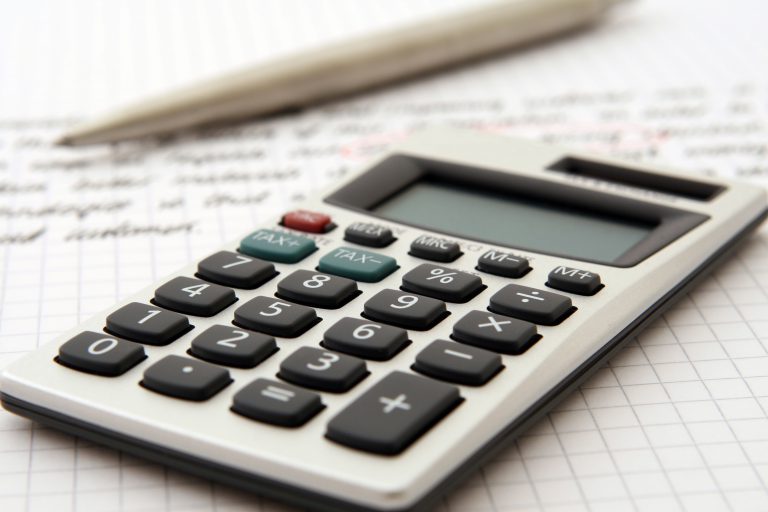What is VAT Flat Rate Scheme
The VAT Flat Rate Scheme (FRS) is a simplified accounting scheme that has been very popular with many small businesses for some time.
Businesses using FRS determine the amount of VAT they pay based on the flat rate percentage applied to their gross turnover. They keep the difference between what they charge their customers and pay HMRC but cannot reclaim the VAT on their purchases, except for certain capital assets over £2,000.
For example, a flat rate for a printing company is 8.5%. So, when it generates VAT inclusive sale of £120 (being £100 + £20 VAT) and incurs VAT inclusive purchases of £30 (being £25 + £5 VAT) it will pay £10.20 VAT to HMRC (i.e. 8.5% x £120) as opposed to £15 under the standard VAT scheme (being £20 output VAT less £5 input VAT).
The flat rate percentage is determined by reference to the trade sector the business operates in. There are currently 54 flat rate percentages ranging from 4% to 14.5%.
What is changing?
From 1 April 2017, Government are introducing an additional flat rate percentage of 16.5% for ‘limited cost traders’ i.e. businesses that incur relatively low costs on goods.
This means that businesses with VAT inclusive expenditure on goods of less than 2% of their VAT inclusive turnover, or less than £250 per quarter (£1,000 per annum) will either need to apply the new 16.5% flat rate when calculating their VAT liabilities, or notify HMRC that they have decided to cease using the FRS.
Which goods are relevant?
Goods that are relevant for the purposes of determining the limited cost trader’s position are those goods that are used exclusively for the purposes of your business, but don’t include:
- vehicle costs including fuel, unless you’re operating in the transport sector using your own, or a leased vehicle;
- food or drink for you or your staff;
- capital expenditure goods of any value;
- goods for resale, leasing, letting or hiring out if your main business activity doesn’t ordinarily consist of selling, leasing, letting or hiring out such goods;
- goods that you intend to re-sell or hire out, unless selling or hiring is your main business activity;
- any services.
Examples of relevant goods
- stationery and other office supplies to be used exclusively for the business
- gas and electricity used exclusively for your business
- fuel for a taxi owned by a taxi firm
- stock for a shop
- cleaning products to be used exclusively for the business
- hair products to use to provide hairdressing services
- standard software, provided on a disk
Examples of supplies that aren’t relevant goods
- accountancy fees, these are services
- advertising costs, these are services
- an item leased/hired to your business, this counts as services, as ownership will never transfer to your business
- food and drink for you or your staff, these are excluded goods
- fuel for a car this is excluded unless operating in the transport sector using your own, or a leased vehicle
- laptop or mobile phone for use by the business, this is excluded as it is capital expenditure
- anything provided electronically, for example a downloaded magazine, these are services
- rent, this is a service
- software you download, this is a service
- software designed specifically for you (bespoke software), this is a service even if it is not supplied electronically
How does this work in practice?
Below is a worked example of how the changes to FRS are likely to affect a limited cost trader:
An IT consultancy company that generated a quarterly VAT inclusive income of £30,000 (£25,000 fees + £5,000 VAT) and incurred VAT on purchases (not qualifying as relevant goods) of £300, will pay HMRC:
- Existing Flat Rate Scheme: £4,350 (being £30,000 x 14.5%)
- New Flat Rate Scheme: £4,950 (being £30,000 x 16.5%)
- Standard VAT Scheme: £4,700 (being £5,000 output VAT less £300 input VAT)
Actions to take
Businesses using FRS, or thinking of joining the scheme, will need to decide whether they are a limited cost trader.
Businesses that are most likely to fall within the limited cost trader category are market place consultants such as IT support providers, lawyers, accountants or other advisory firms.
Such businesses tend to be labour intensive and often do not incur sufficient purchases of goods to count towards 2% of turnover.
If your business is categorised as a limited cost trader then you may end up paying more VAT under FRS than if you were on the standard VAT scheme instead. It is therefore important for businesses to check their circumstances and determine prior to 1 April 2017 as to whether they should remain on FRS, leave the scheme or de-registering for VAT, if below the £83,000 registration threshold.
Tel: 01707 691 783
Email: info@aveyoflondon.co.uk

